Find the Best Modern Option with Newwave Solutions’ Top List of Software Development Models
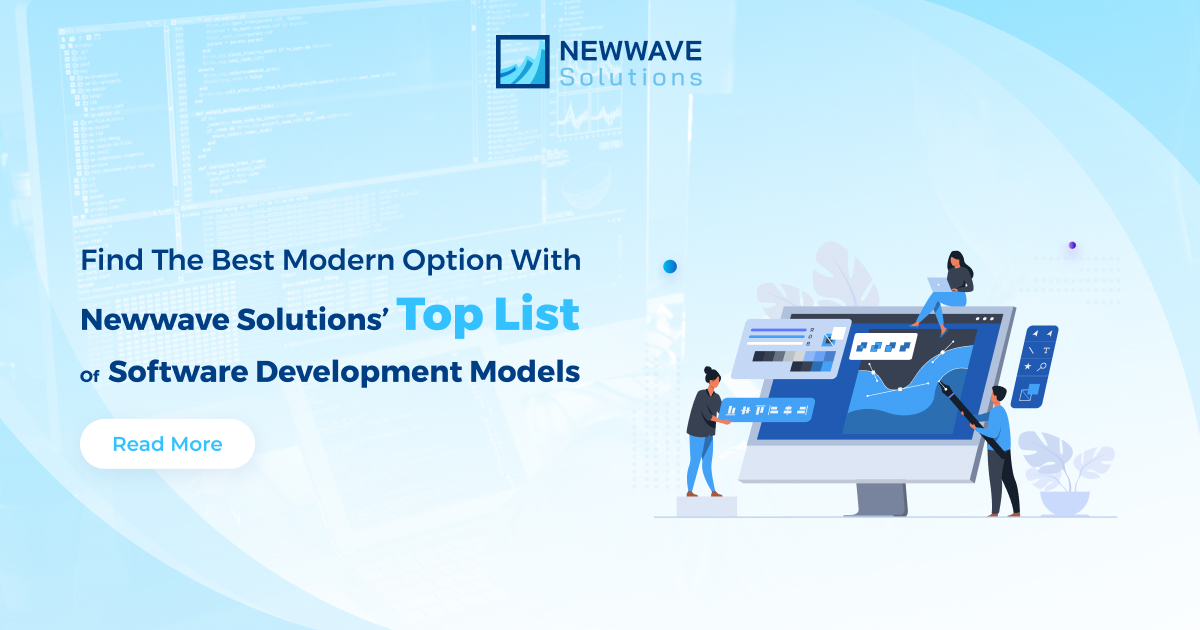
Software development models may raise up your business or put it at disadvantage. We’ve reviewed the top list of software development models to help you choose the one that works best for your project.
Software development processes include the design, implementation, and testing of software with complex technical knowledge and skills. To navigate the complex and challenging software development process and achieve project objectives and meet stakeholders’ demands in terms of time frames, budget, and functionality, the chosen software development life cycle plays a critical role. Nevertheless, how to choose the right one among over 50 in use software development life cycle models. No model fits all projects, each of them has its advantages and drawbacks. With over 10 years of experience in software development, we recommend the top 5 modern software development life cycle models for your consideration. Let’s take a look at each of them and compare their core features.
1. Top List of Software Development Models
Basically, software development life cycle models can be classified into 4 groups based on the workflow organization – linearly or iteratively – and the relationships established between the project team and related stakeholders – formal or informal.
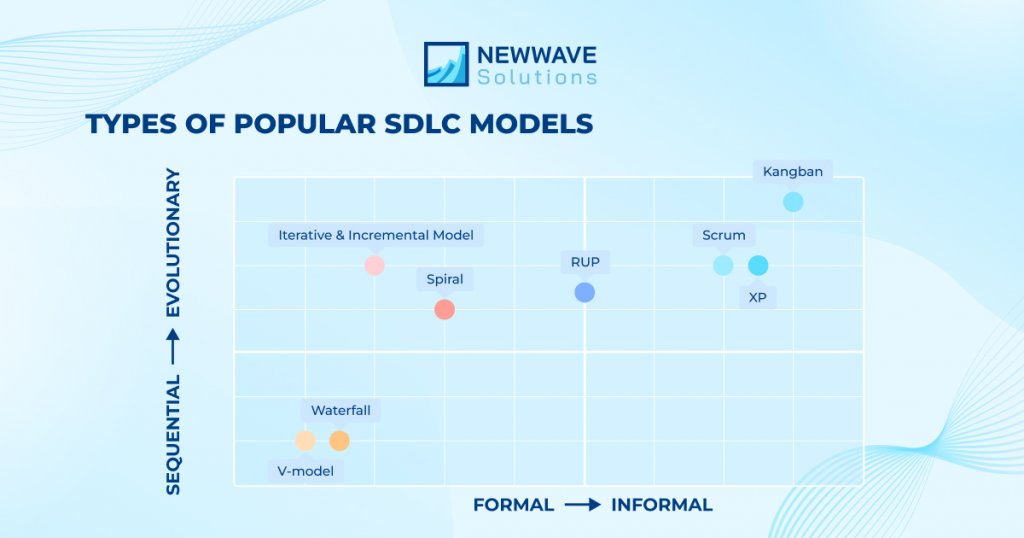
In the lower-left quadrant, there are sequential flow development models – waterfall and v-model which are easy to learn, use and mane. In the upper quadrants, there are less rigid models in terms of changes in the requirements of project outcomes. On the left side of the chart, there are models with low customer involvement during the development process while on the right side, the models are more cooperative and intensively engage customers throughout stages of the software development life cycle. They are also called modern Agile software development models, including Kanban, Scrum, XP, RUP, and Lean.
2. The Shift to Agile
The ultimate purpose of a software development model is to improve the quality of software and speed of delivery. It is important to acknowledge that each software development model fits specific types of projects. However, traditional models like Waterfall and V-model have quickly become less used by software development experts. With the requirements to deploy effective software at a quicker pace, satisfy end-users and gain competitiveness over competitors, it is essential to apply a faster, flexible, more secure software development model. That is the reason why the Agile approach to software development is increasingly popular.
A survey reported that over 70% of organizations employ an Agile approach to some extent in their software development project. They believe that the Agile approach supports iterative development, intensive communication, and constant customer feedback which foster continuous integration, continuous delivery, release automation, and DevOps.
Basically, in each Agile iteration that lasts several weeks, a working product is delivered for testing and further upgraded in the next iteration. Complex and irrelevant documentation of detailed requirement specifications and detailed architecture descriptions is cut to save time for software testing activities. This practice fosters quicker deployment compared to traditional approaches. An Agile approach also requires close collaboration across teams and relevant stakeholders to review the project progress at the end of each iteration and reassess the priority for the next iteration to increase ROI and meet end-users’ expectations. Close collaboration also helps allow for continuous software improvement with easy fixes and changes, quick updates, and feature addition, and helps to deliver applications that satisfy users’ needs better.
This approach is suitable for startup initiatives when end users’ early feedback is required, mid-sized projects require customization, but business requirements cannot be confidently translated to detailed software requirements and large projects must be divided into small functional parts to develop incrementally over each iteration.
Read more about the Agile approach here!
3. Top Modern List of 5 Software Development Models
Like traditional approaches, Agile approaches come in different flavors. Let’s take a look at the top 5 – Scrum, Kanban, Extreme Programming, RUP, and Lean.
3.1. Scrum
Scrum is considered the most popular Agile model in which the sprints usually last 2-4 weeks and are preceded with detailed planning and careful assessment of previous sprints. Changes are not permitted once the sprint activities have been defined. This model improves a team’s performance by empowering them to commit to an achievable amount of work rather than having a product on the expected timeline and scope that the project manager specifies. The business need and acceptance criteria are defined but the tram can self-organize on how to implement.
3.2. Extreme Programming (XP)
The iteration of the Extreme Programming (XP) model typically lasts 1-2 weeks with changes that can be made even after the iteration’s launch if the team hasn’t touched the relevant software piece. This level of flexibility significantly complicates the delivery of quality software; thus, XP requires the use of pair programming, test-driven development and test automation, continuous integration (CI), small releases, simple software design, and prescribes following the coding standards to mitigate delay in delivery.
3.3. Kanban
In the Kanban model, there are no iterations or extremely short sprints -daily sprints. Instead, the highlight is plan visualization- the Kanban Board tool that provides a clear representation of all project activities, their number, responsible persons, and progress. Most developers agree that this model is highly helpful, transparent, and accurate in estimating the most urgent tasks. Besides, new changes can be included at any time as there is no separate planning stage. Close collaboration and communication among team members and relevant stakeholders are fostered in this model which makes it suitable for projects on software support and evolution.
3.4. Rational Unified Process (RUP)
Rational Unified Process (RUP) divided the life cycle of a project into four phases with various activities, including modeling, analysis, design, implementation, testing, and application. This approach is a combination of iterative (the process’s core activities repeat throughout the project) and Agile (various components can be adjusted, and phases of the cycle can be repeated until the software meets requirements and objectives). The process consists of time dimensions (the phases and cycles, iterations, and milestones) and process dimensions (activities, artifacts, workers, and workflow).
3.5. Lean Software Development
Lean Software Development allows a great level of flexibility in which developers must first create a bare-minimum version of the product based on the client’s requirements and then make changes based on the feedback. This approach reduces resource waste, allows teams to deliver products quickly without compromising on quality, delays some critical decisions until the phase when there is a clear vision of the product and certain feedback from clients, and optimizes the project outcomes based on feedback which also improves the efficiency of the workflow. This model is trending among startups because it does not require a clear vision of the end product and all the requirements at the early stage of development.
4. Final Thoughts
Newwave Solutions is an international company providing best practices of mobile, software, and custom web development services. We have developed numerous projects for clients from different countries with the Agile Methodology. Why? Because customers want flexibility and continuous feedback on the potential working product. This approach also gives us constructive insights on how to enhance the product or approve that we are on the right track.
Our team has a positive attitude towards Agile Methodology and appreciates collaborating with the customers to advance communication skills and acquire valuable feedback to enhance software quality. We guarantee that our clients are always satisfied with our development approach, please find more reviews about our services on Clutch here!
If you are looking for solutions to implement software development using the Agile approach with an outstanding team of committed developers and managers, contact us now and get an expert consultation from our team.
To Quang Duy is the CEO of Newwave Solutions, a leading Vietnamese software company. He is recognized as a standout technology consultant. Connect with him on LinkedIn and Twitter.

Read More Guides
Get stories in your inbox twice a month.
Let’s Connect
Let us know what you need, and out professionals will collaborate with you to find a solution that enables growth.
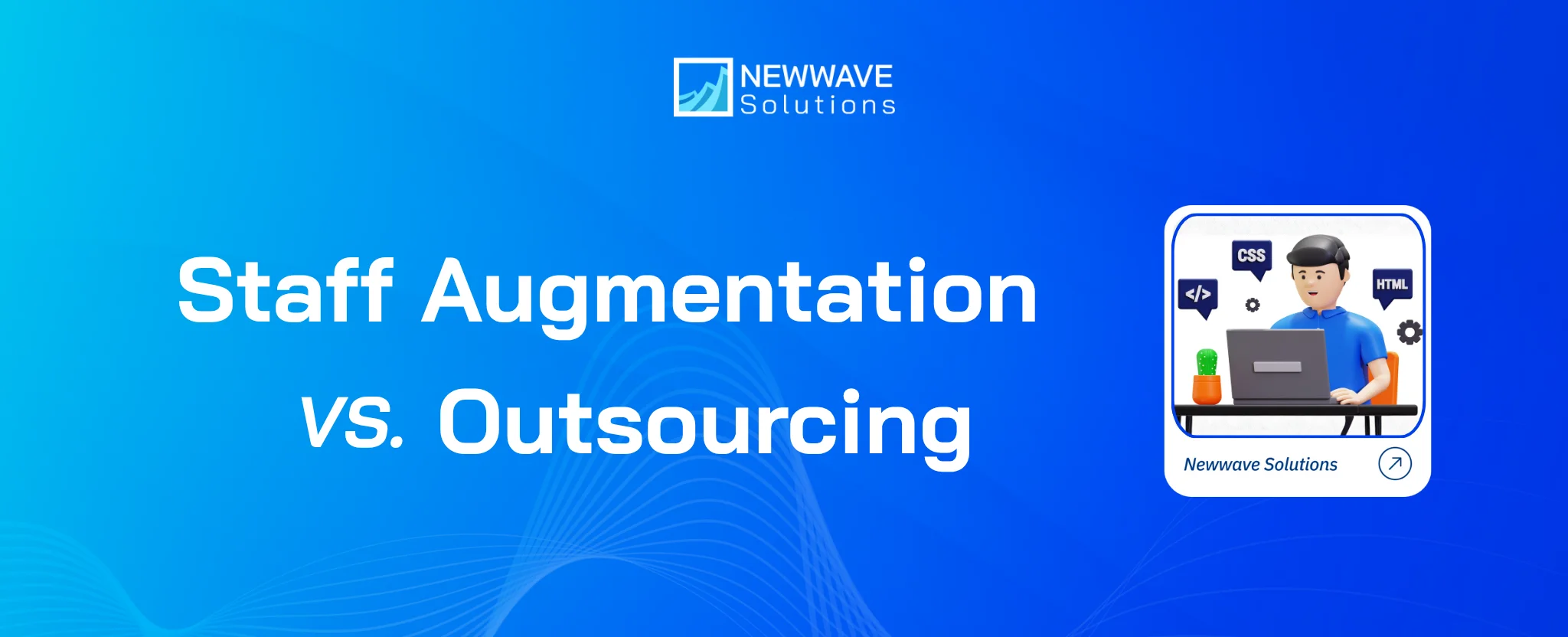
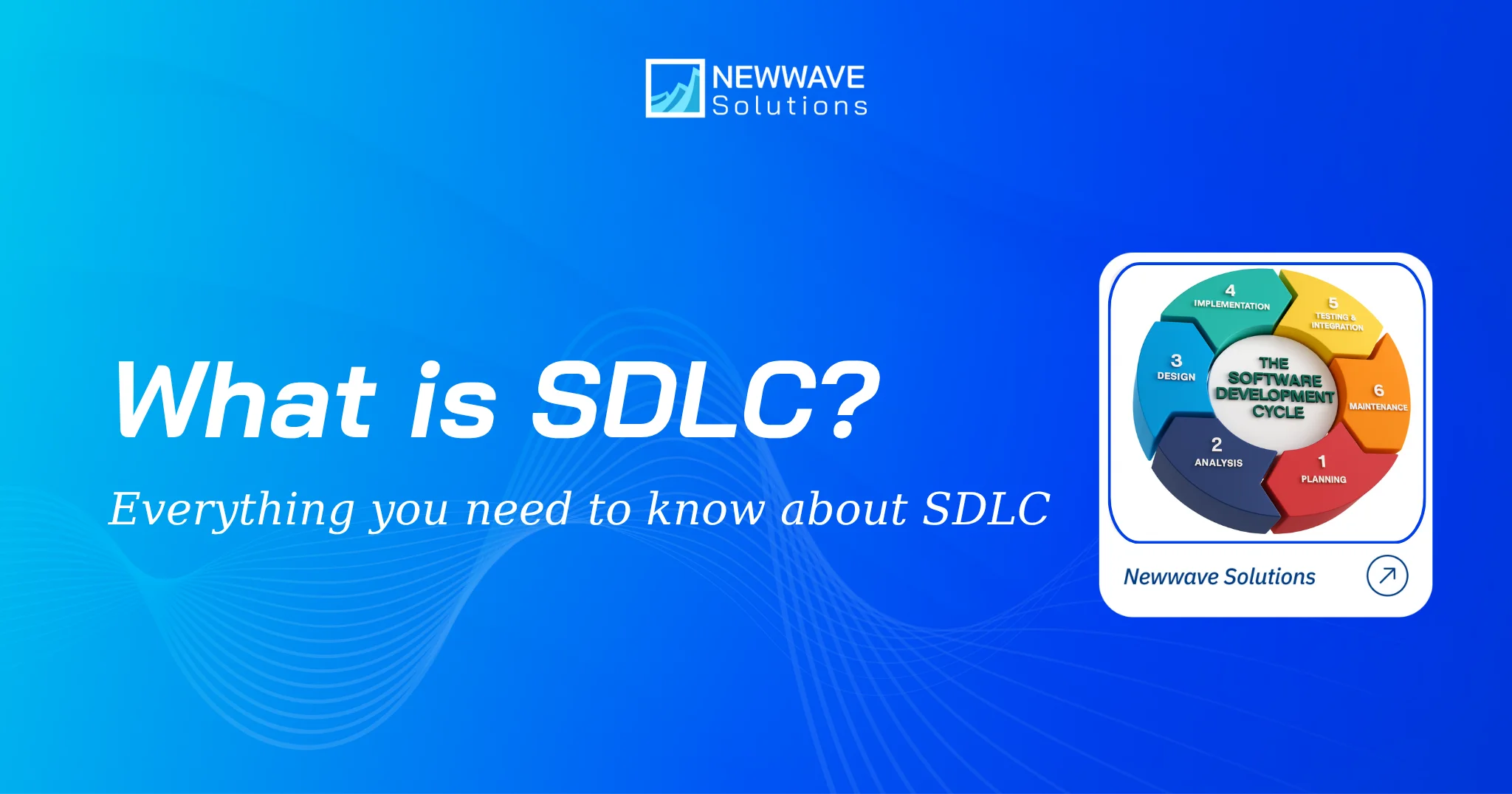
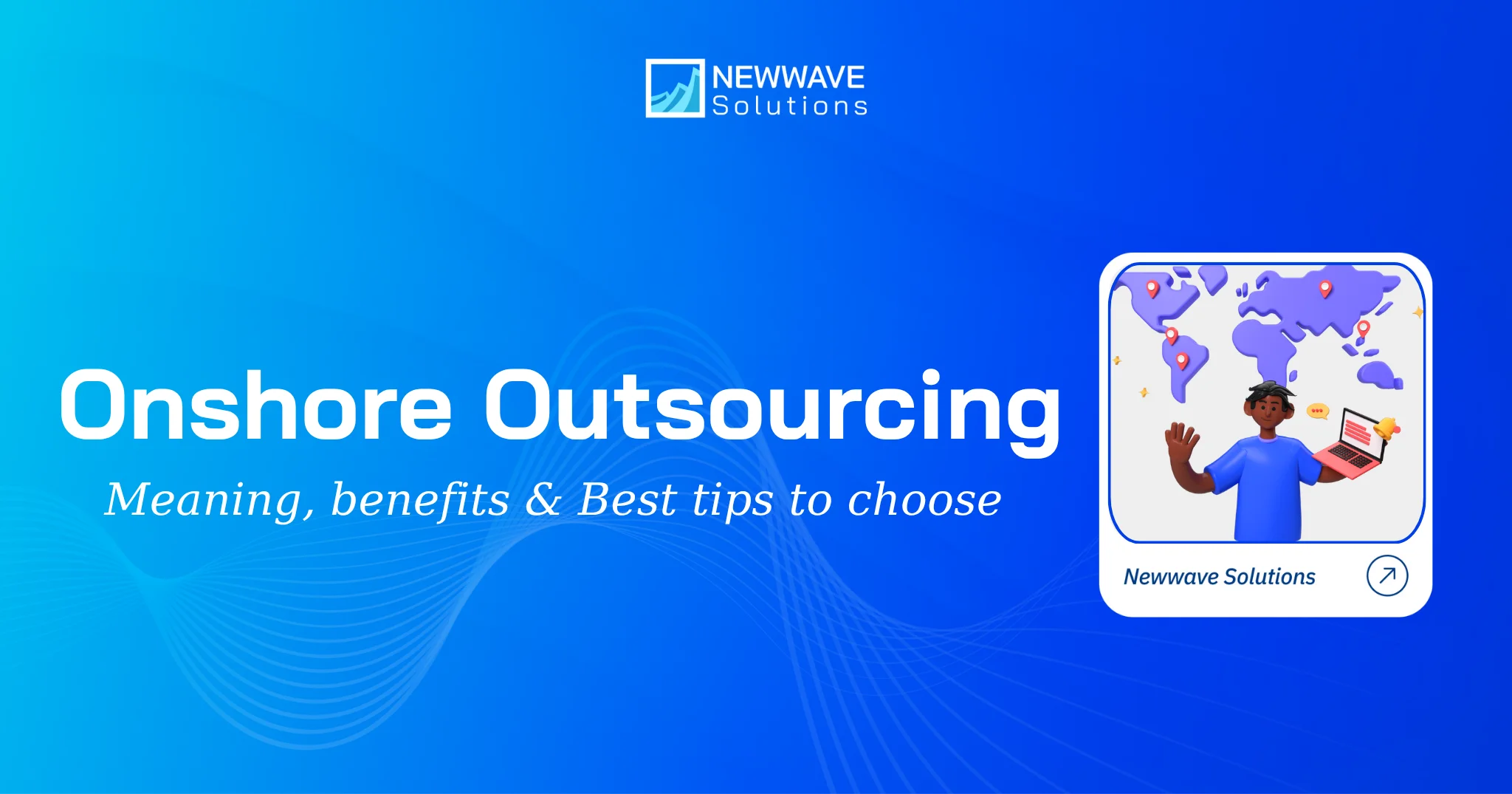
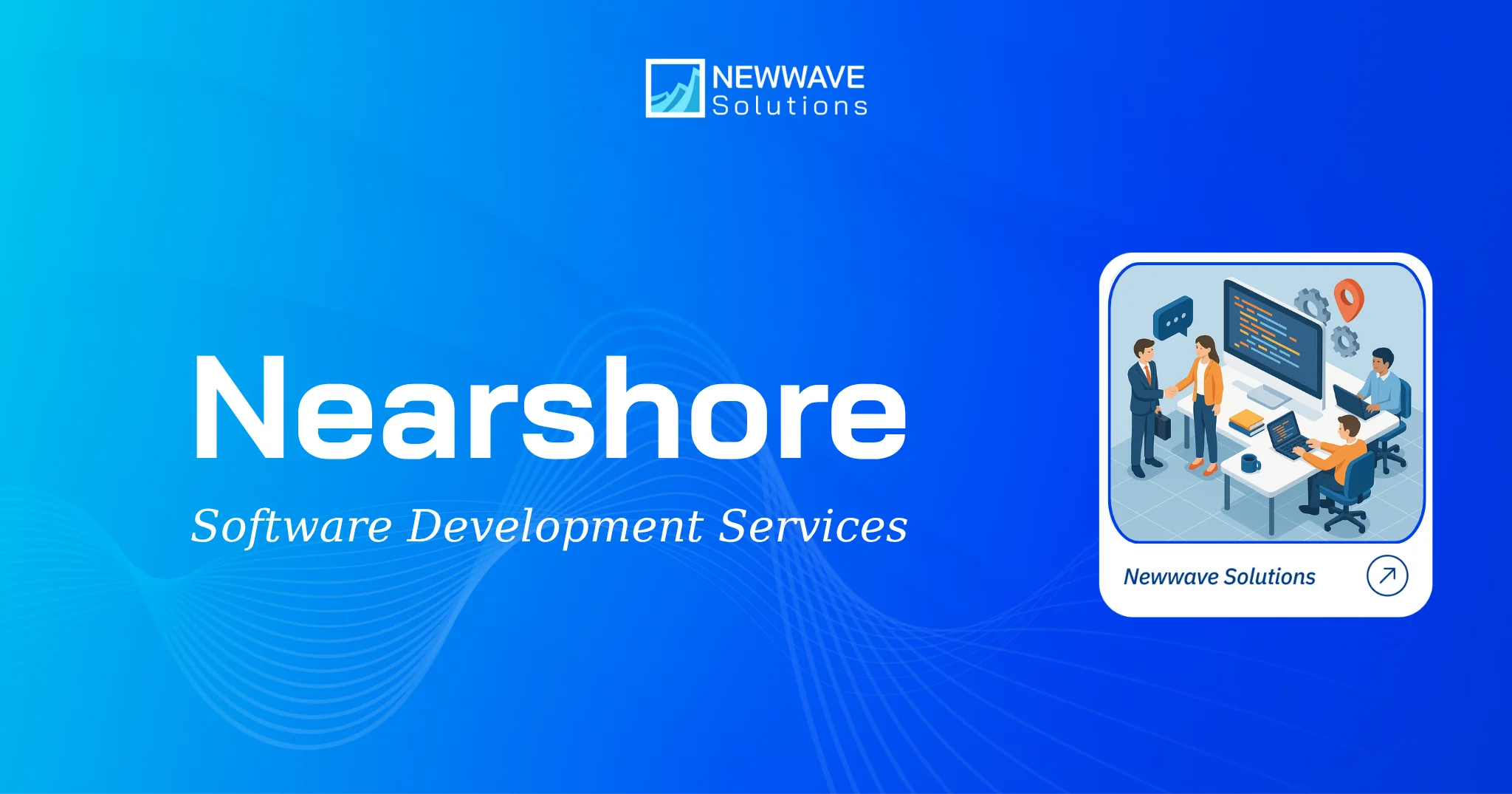
Leave a Reply